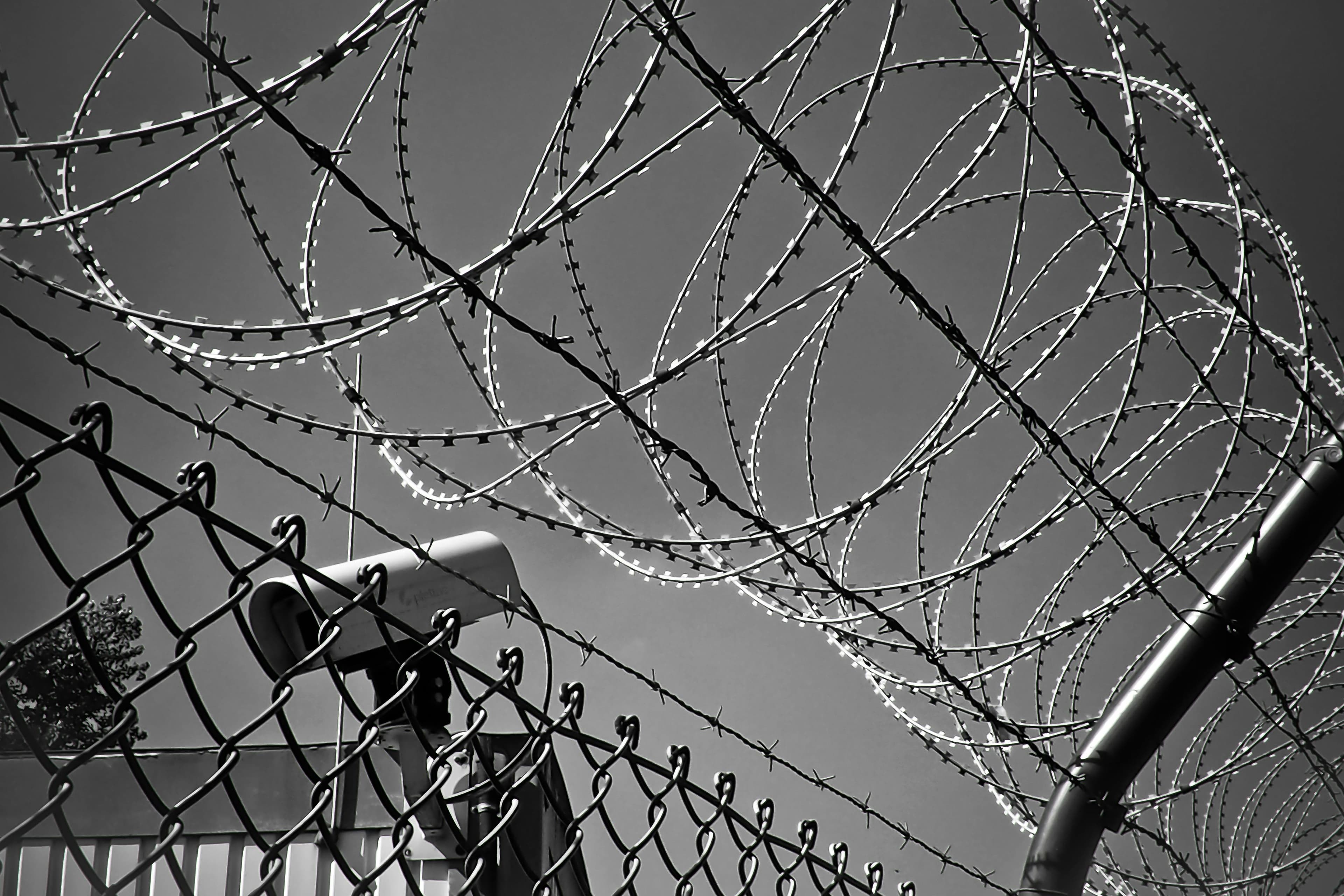Canada Strengthens Border Security and Immigration Integrity with New Measures
On January 15, Canada has announce it is reinforcing its commitment to maintaining a safe, secure, and well-regulated immigration system. The Honourable David J. McGuinty, Minister of Public Safety, and the Honourable Marc Miller, Minister of Immigration, Refugees and Citizenship, recently shared updates on the Government of Canada’s efforts to strengthen border security and uphold immigration integrity. These initiatives are part of Canada’s Border Plan, released in December 2024, designed to enhance border management and address emerging challenges.
Key Updates and Investments
The federal government, in collaboration with Immigration, Refugees and Citizenship Canada (IRCC), the Canada Border Services Agency (CBSA), and the Royal Canadian Mounted Police (RCMP), has implemented a series of measures aimed at:
- Reducing unnecessary border volumes.
- Preventing illegal border crossings.
- Detecting and deterring immigration fraud.
Backed by a $1.3 billion investment, these initiatives include advanced surveillance tools, enhanced information-sharing protocols with the United States, and increased resources to support law enforcement.
Concrete Actions and Results
1. Enhanced Surveillance and Technology
To secure the border with the U.S., Canada has deployed 60 drones, installed new surveillance towers, and introduced cutting-edge tools like mobile x-rays and handheld chemical analyzers. These advancements allow for real-time border monitoring and improved detection of illegal activities.
2. Tackling Illegal Crossings
Efforts to curb irregular migration are delivering results:
- Since the revised Safe Third Country Agreement in March 2023, daily asylum claims from illegal crossings have dropped from 165 to just 12.
- A partial visa requirement for Mexican nationals, implemented in February 2024, has reduced asylum claims by 97% and southbound illegal crossings by 72%.
3. Combating Immigration Fraud
New fraud detection systems have heightened scrutiny of visitor visa applications from high-risk countries, leading to an 89% decrease in illegal U.S. crossings by foreign nationals and a 61% increase in visa refusals from these regions.
Similarly, reforms to the International Student Program have cut illegal U.S. crossings by Canadian study permit holders by 91%.
4. Streamlined Border Operations
In December 2024, Canada ended the practice of “flagpoling,” where temporary residents leave Canada and immediately return for immigration services. This change has saved thousands of workdays and improved border efficiency by 86%.
Strengthening Law Enforcement
Canada’s law enforcement agencies, including the RCMP and CBSA, are ramping up efforts to target transnational organized crime and illicit activities:
- A new Joint Intelligence Group will focus on disrupting fentanyl trafficking and sophisticated money laundering schemes.
- CBSA is deploying additional canine teams and leveraging artificial intelligence for border security.
Ensuring Preparedness for Increased Migration
To handle potential surges in asylum seekers, Canada is enhancing its resources, including deploying additional officers and bolstering provincial and territorial collaboration. Last year, CBSA removed over 16,000 individuals from Canada, with plans to increase removals by 25% in 2025.
Minister Miller reiterated the importance of preserving trust in Canada’s immigration system:
"By reducing non-genuine visitors, preventing illegal border crossings, and improving information-sharing, we are taking concrete steps to protect the safety of both sides of the border."
A Forward-Looking Approach
Canada’s Border Plan represents a proactive and collaborative approach to border security, ensuring the safety of communities while maintaining the integrity of its immigration system. With these measures in place, the Government of Canada continues to lead in creating a secure, sustainable, and trusted immigration framework.
